Photos: Rare Ancient Banknote Dates Back to China's Ming Dynasty
Rare item
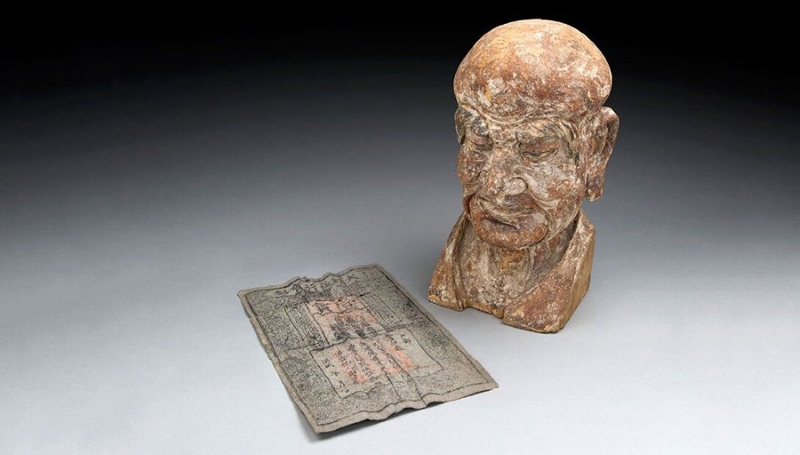
A rare paper banknote dating from China's Imperial Ming Dynasty was discovered inside this antique Chinese wooden sculpture when it was being prepared for an art auction in Australia.
Art experts think the banknote was hidden inside the sculpture more than 600 years ago, possibly as an auspicious offering when the sculpture stood in a temple. [Read full story about the rare Ming Dynasty banknote]
Limited edition
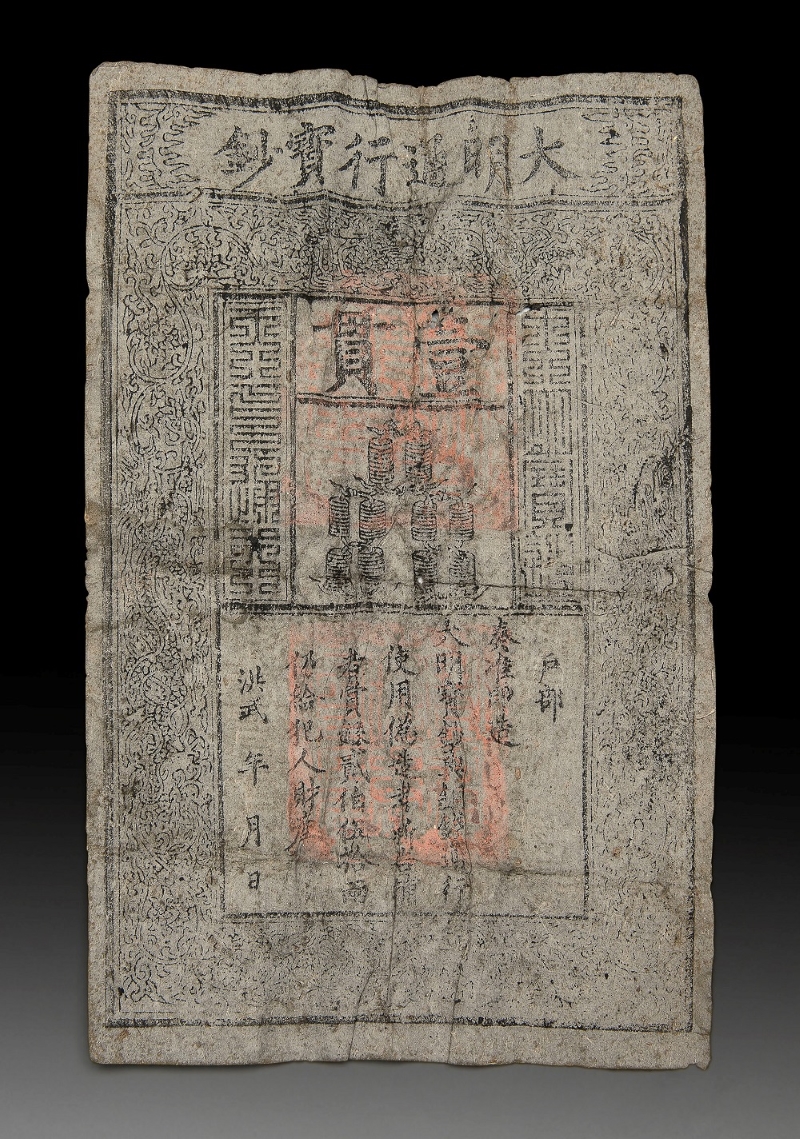
The banknote is dated to the third year of the reign of the first emperor of China's Ming Dynasty — the year 1371 A.D. in the western calendar.
Although paper currency has been used for more than 1,000 years in China, very few early banknotes have survived intact to the present day.
Well-hidden
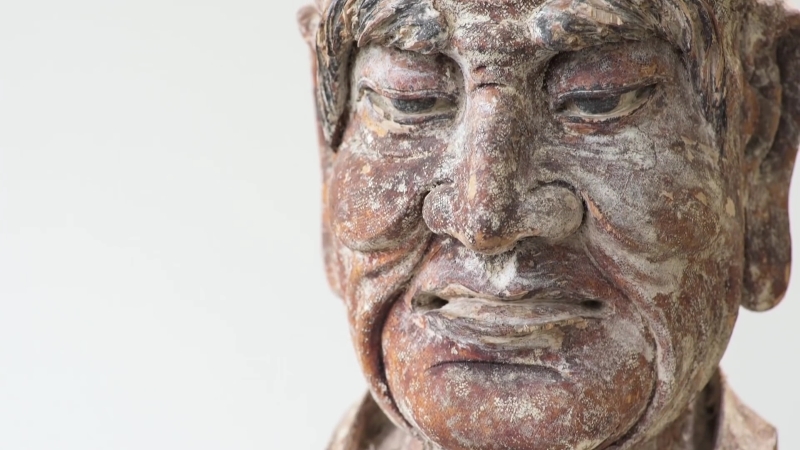
The ancient banknote was found hidden in a cavity inside the hollowed-out head of this antique wooden sculpture of a "louhan," an enlightened religious figure from the Chinese Buddhist tradition.
The sculpture is thought to date from the early 14th century, during the Yuan Dynasty, which preceded the Ming Dynasty.
Security mark
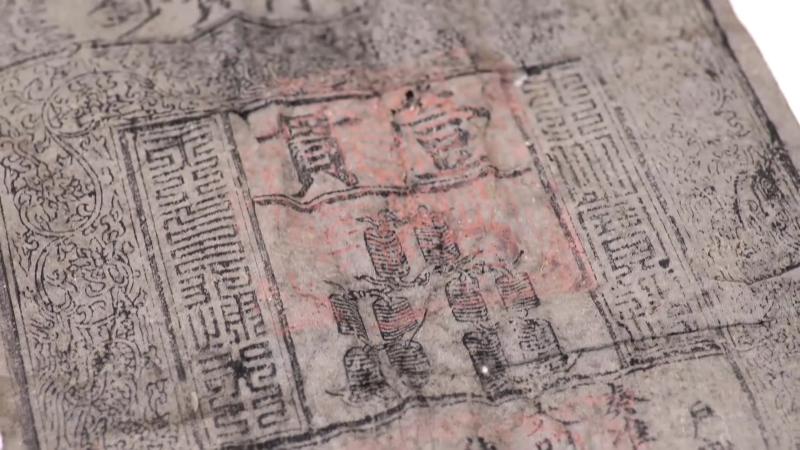
The front of the banknote is printed with Chinese characters in black ink and the official "seal stamps" in red ink that were intended to prevent counterfeiting.
Get the world’s most fascinating discoveries delivered straight to your inbox.
The value of the note — one guan, equivalent to 1 ounce of pure silver or 1,000 copper coins — is depicted by 10 bundles of copper coins tied with string. [Read full story about the rare Ming Dynasty banknote]
A ancient leader
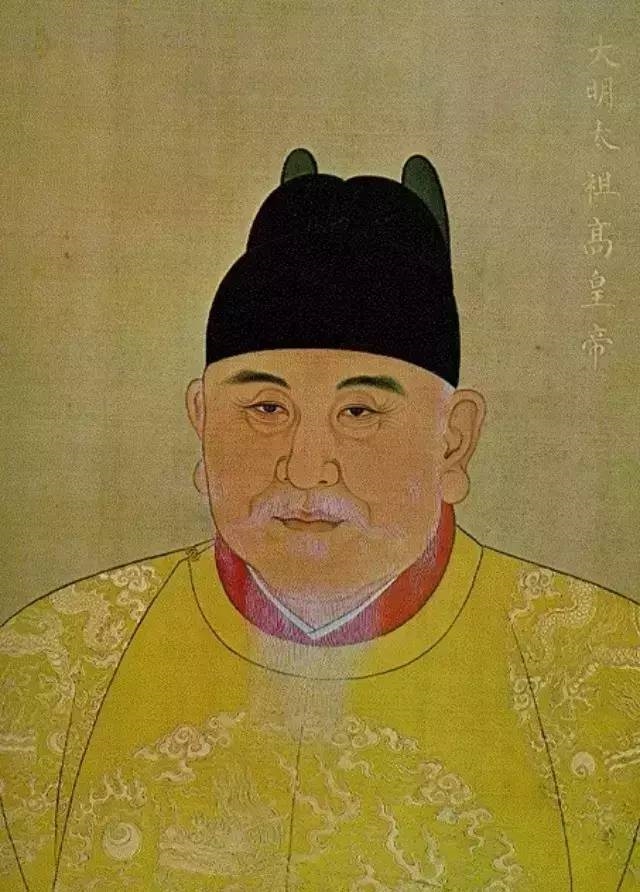
Paper money was invented in China during the 7th century A.D., and the first national banknotes were issued during the Song Dynasty from the 10th century to the 12th century.
This image shows the first emperor of the Ming Dynasty, Zhu Yuanzhang, who reigned from 1368 to 1398 A.D. — the period when the rediscovered banknote was printed.
Early money
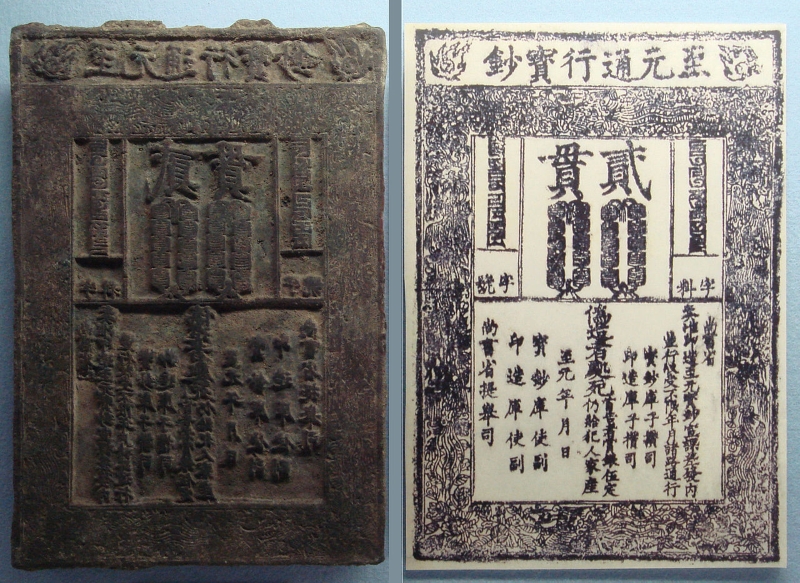
Early Chinese banknotes were block printed from a carved matrix, often onto paper that had been recycled from discarded government documents.
This image shows the printing matrix and a printed banknote from 1287 A.D., during the Yuan Dynasty, though the note lacks the red seal stamps that were added to make them harder to counterfeit.
Before money
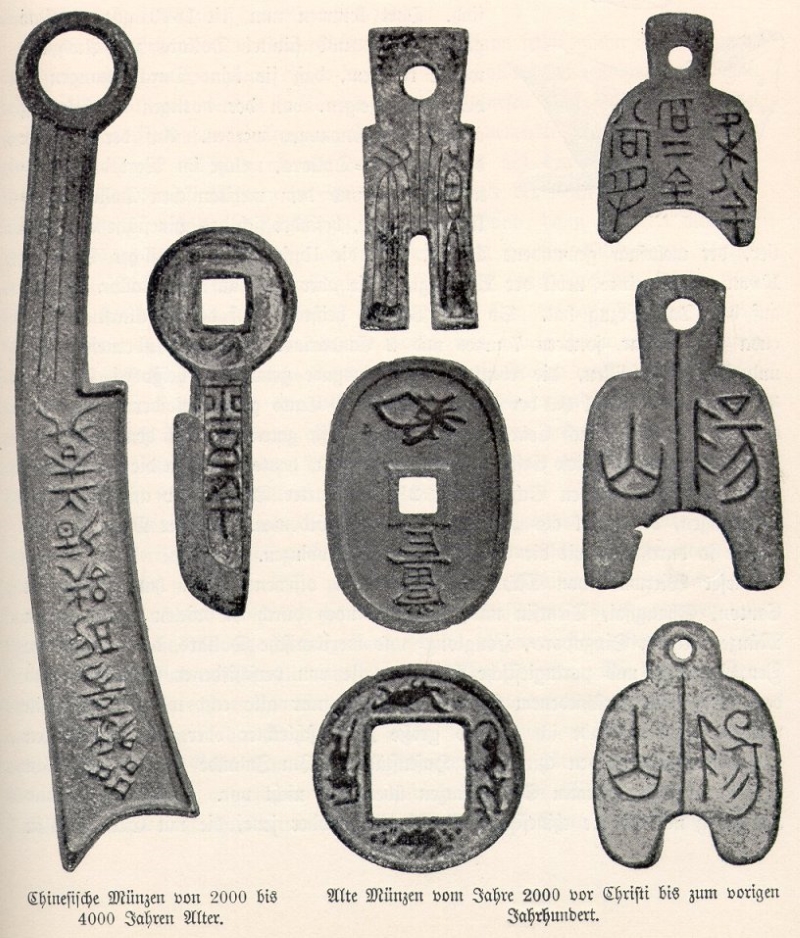
Earlier forms of Chinese money include "spade money," which was used during the Zhou dynasty between 1045 and 256 BCE, and "knife money" from around the same time.
It's thought that the use of these copper coins may have their origins in real tools of the same kind that were once used as currency for bartering.
Chinese coins were often pierced with a hole, which allowed them to be strung together in larger values or for safe handling.
Bank and money

The louhan sculpture and its hidden banknote will go up for auction in Australia next month, where they're expected to sell for up to 45,000 Australian dollars ($34,000 U.S.).
The artifacts are being sold as part of the Raphy Star collection of Asian art, which could fetch up to 5 million Australian dollars ($3.7 million U.S.) at auction. [Read full story about the rare Ming Dynasty banknote]
Tom Metcalfe is a freelance journalist and regular Live Science contributor who is based in London in the United Kingdom. Tom writes mainly about science, space, archaeology, the Earth and the oceans. He has also written for the BBC, NBC News, National Geographic, Scientific American, Air & Space, and many others.


